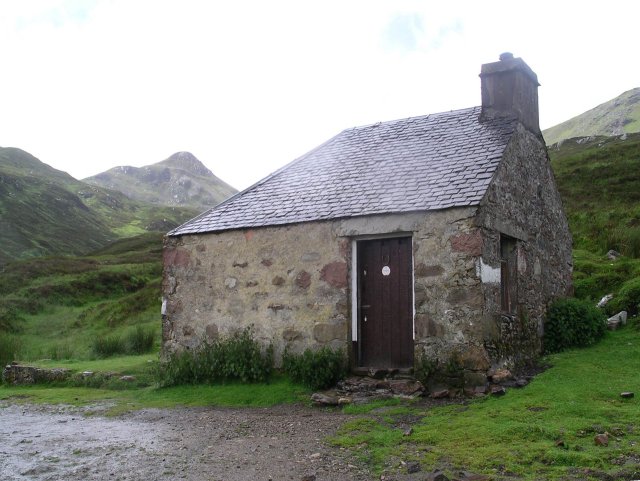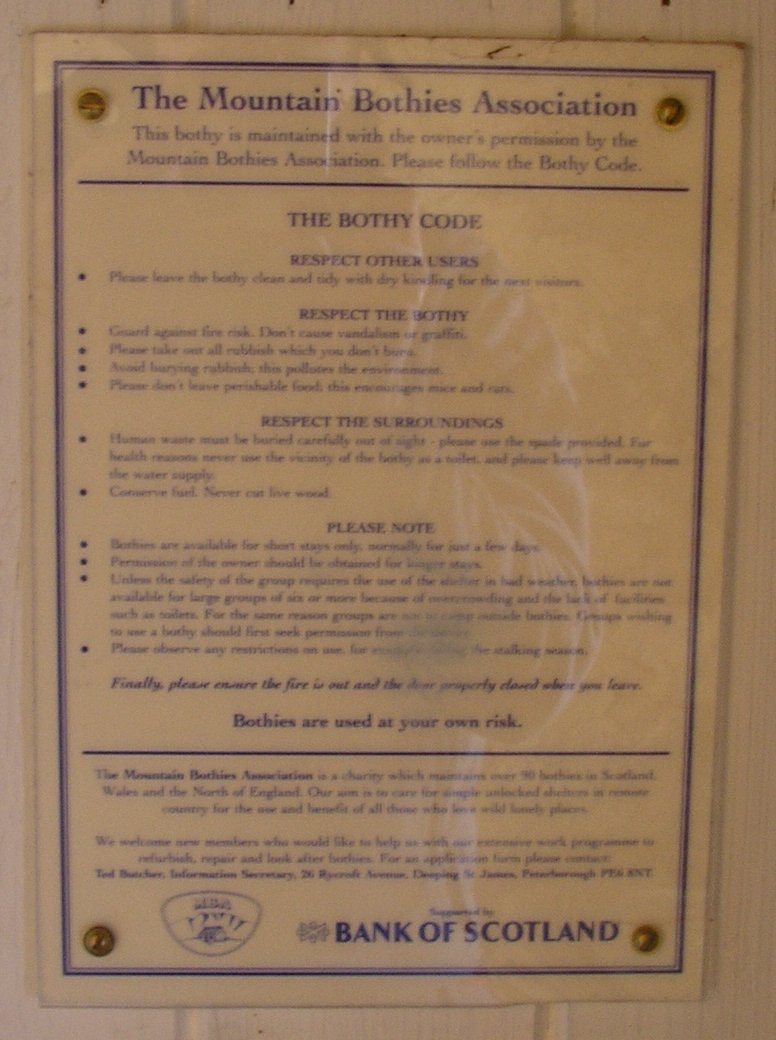Main Page
From Bothies
| Line 20: | Line 20: | ||
</inputbox> | </inputbox> | ||
| + | ==Bothy Master Map== | ||
| + | We plan on creating a master map using Google Maps API, to make it easier to find the right bothy. | ||
==[[What is a bothy?]]== | ==[[What is a bothy?]]== | ||
Revision as of 20:07, 23 April 2007
|
Welcome to the Bothies Wiki. About this wiki | New pages | Categories | Wiki tutorial | Help pages | |
|
A knowledge base for everything related to the British wilderness shelters! This is a wiki for you to find or deposit knowledge about bothies. There has never been an online resource for bothies before, in fact the only way that you could really find out about bothies was by word of mouth. This wiki has been set up to be made by the people who visit them. To add a new bothie or write a new article, enter the page title in the box below. <inputbox> type=create bgcolor=#f3f3ff </inputbox> Bothy Master MapWe plan on creating a master map using Google Maps API, to make it easier to find the right bothy. What is a bothy?In the United Kingdom a bothy is a simple shelter, generally left unlocked and available for anyone to use without charge. Bothies are to be found in remote, mountainous areas of Scotland, Northern England and Wales: they are particularly common in the Scottish Highlands (bothy may be a corruption of the Gaelic botan meaning small hut or possibly the Welsh term bwthyn also meaning small cottage, it could also be from Norse būð, cognate with English booth with a diminutive ending). Generally speaking, most bothies are formerly ruined buildings that have been restored to a basic standard, providing a windproof and watertight shelter. They vary in size from little more than a large box up to two-storey cottages. They usually have designated sleeping areas. Commonly, these are either an upstairs room or a raised platform, thus allowing one to keep clear of cold air and draughts at floor height. No bedding, mattresses or blankets are provided. Public access to bothies is either on foot or by bicycle. Most bothies have a fireplace, and are near a natural source of water. A spade is provided to bury excrement. Although free, use of bothies is to some extent governed by an unwritten "bothy etiquette":
Bothies are usually owned by the landowner of the estate on which they stand, though the actual owner is rarely involved in any way, other than by permitting their continued existence. Most are maintained by an organisation known as the Mountain Bothies Association (MBA), who look after around 100 bothies. The location of bothies is not publicised widely – prior knowledge and word of mouth are often the only way of finding a bothy. (However, the Bothies Wiki hopes to change this.)
|
Bothies by AreaPlease add more!
North West Highlands and Islands
South West Highlands and Islands
|


